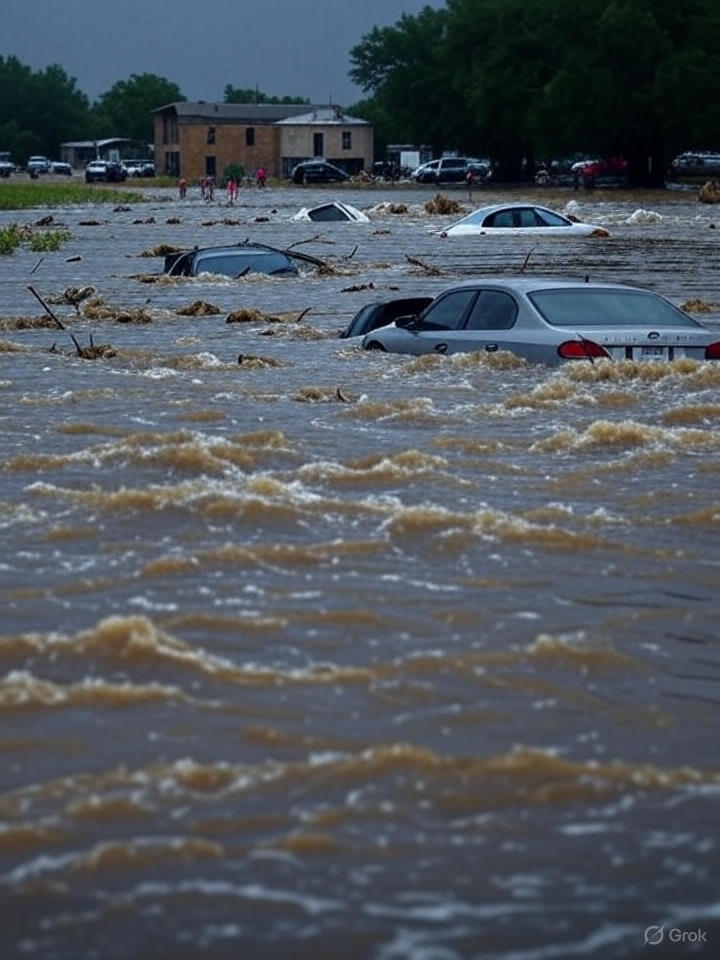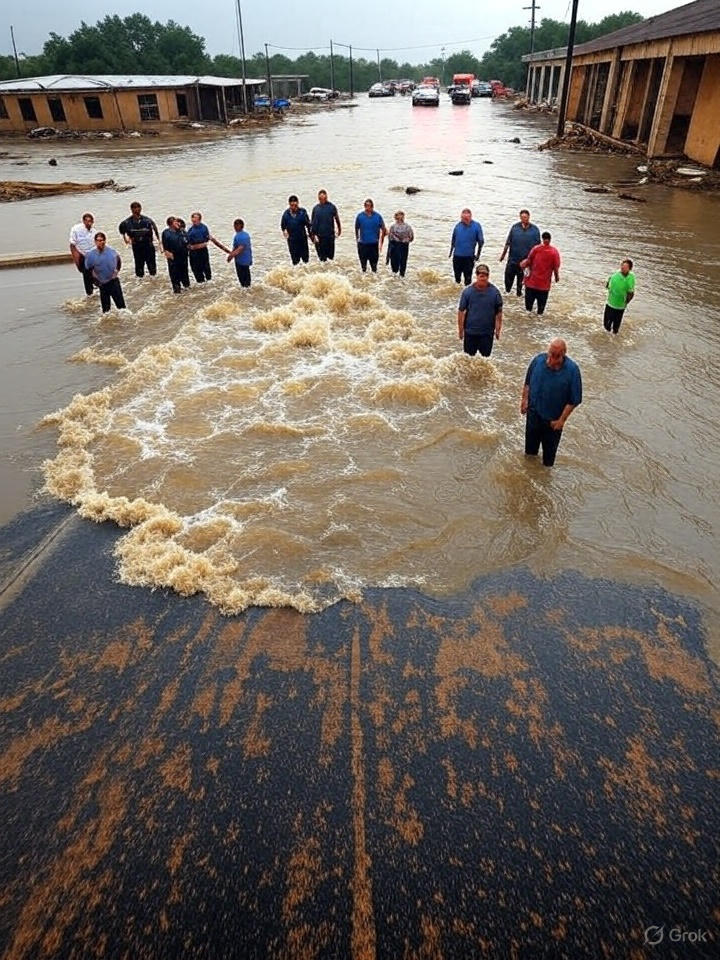Forecasts Praised: NWS Warnings Served, Accuracy Affirmed
The National Weather Service (NWS) issued timely flood watches and then flash flood warnings, including a rare flash flood emergency at 1:14 a.m. on July 4 warning Kerr County residents and campers of a “large and deadly flood wave” along the Guadalupe River. Forecasters correctly forecasted the catastrophic situation, giving officials 3 hours and 21 minutes between warning issuance and initial flooding reports(Globedge).
Weather experts defended the forecasts’ quality, stating the intensity of rainfall (up to 20 inches) was exceptional, and that the predictions were as accurate as possible under the rapidly intensifying conditions (Wikipedia).
Preparedness Lacking: Kerr County Failed to Act Effectively
Despite accurate forecasts, Kerr County was widely criticized for not adequately acting on the warnings:
- The county lacked outdoor sirens or automated alarm systems even though neighboring Comfort, TX, had installed such sirens and recorded zero fatalities during the same flood event (Globedge).
- While the county had a CodeRED mass alert system operational since 2009 alerts were delayed, inconsistently sent, and many residents received no message until days later, by which point flooding was already underway (TPR). Volunteer first responders requested a CodeRED alert as early as 4:22 a.m., but permission delays meant the first alert went out only around 5:34 a.m., with significant delays in other communications (TPR).
- Officials repeatedly stated “we had no warning system” despite having CodeRED raising confusion over definitions and responsibilities. Local leaders also said they had no indication that a flood of this magnitude was imminent (TPR).
- State lawmakers, including Rep. Joaquin Castro and others, have called for investigation into whether staffing cuts at NWS specifically in Texas offices affected coordination and alert effectiveness. The NWS lost over 10% of its staff in recent years, affecting key local forecasting and communication roles (KSAT).
Human Toll: Flash Flood Disaster Reveals System Gaps
The Guadalupe River surged from about 1 foot to over 30 feet in under an hour, triggering one of the deadliest flash floods in recent U.S. history. Kerr County alone recorded 107 deaths, including 37 children. The overall Texas death toll exceeded 130, with 27 girls and counselors perishing at Camp Mystic (AP News).
Initial figures showed nearly 100 missing persons, but coordinated search efforts reduced that to just three by mid-July. Over 2,000 volunteers, state and federal responders, and even international teams participated in rescue and recovery operations (People.com).
Investigations Underway: Looking at What Went Wrong
- The Commerce Department Inspector General launched an audit into whether NWS staffing shortages especially at field offices like Austin/San Antonio contributed to communication lapses that may have affected response time (Houston Chronicle).
- A Texas legislative special session is exploring reforms in disaster preparedness such as updating flood maps, evaluating siren systems, better grant allocation, and standardizing emergency training and protocols while climate realities intensify flood threats (San Antonio Express-News).

Broader Lessons: Systemic Failures Beyond Forecasting
| Strengths | Weaknesses |
|---|---|
| Accurate, early warnings by NWS | Lack of sirens; delayed CodeRED mass alerts |
| Flood emergency alerts sent via cell | Poor local coordination and delay in action |
| 3+ hours notice before flash flooding | County leaders offloaded system responsibilities |
| Weather services credited by experts | Funding cuts hinder preparedness infrastructure |
While NWS issued correct and timely warnings, the local execution fell far short illustrating that accuracy in forecasting alone cannot save lives without effective local action. Counties like Comfort, equipped with sirens and proactive alert systems, had no fatalities suggesting that infrastructure investments can make a critical difference (Globedge).
Final Summary
The National Weather Service fulfilled its role, providing accurate and timely flash flood alerts that diagnosed a rapidly escalating meteorological crisis. Kerr County officials, however, failed to act decisively devoid of sirens, delaying mass alerts, and mismanaging evacuation coordination. The result: devastating loss of life despite the warning window. Now, as federal auditors and state lawmakers probe the gaps in preparedness, the tragedy underscores a central lesson: forecast accuracy must be paired with robust emergency systems, reliable communication infrastructure, and decisive local leadership especially in a climate era where flash floods increasingly defy expectations.

